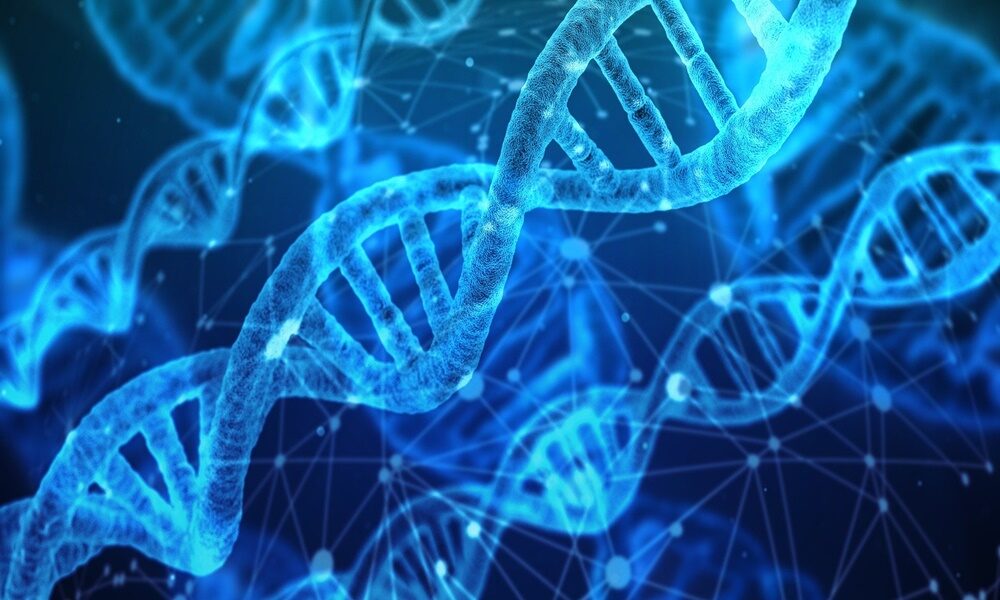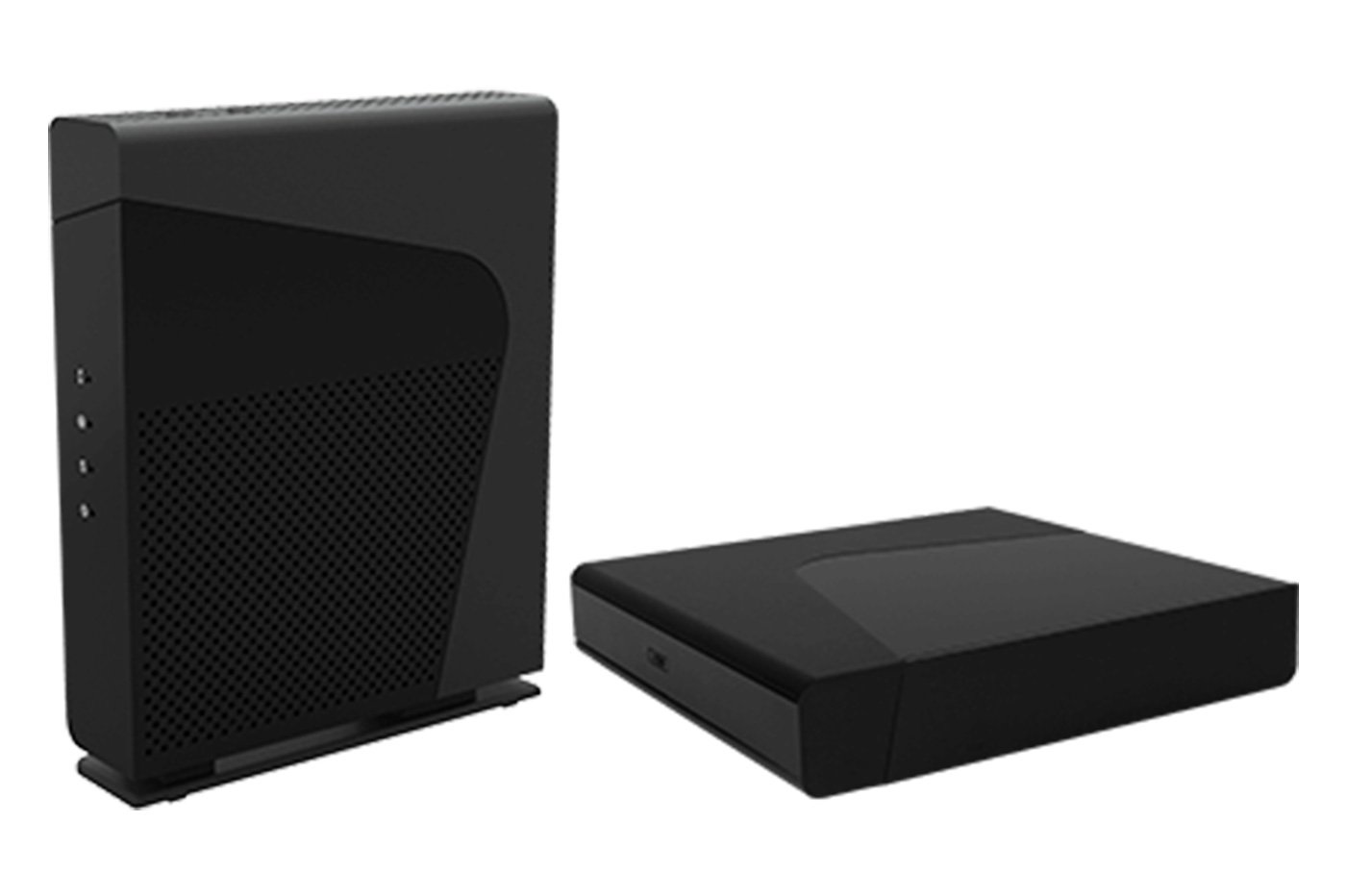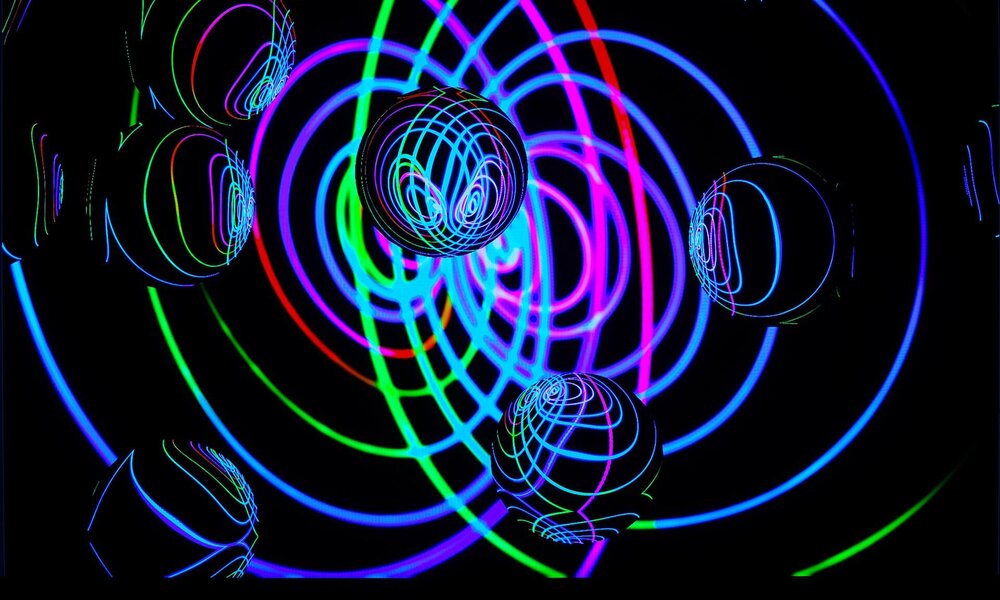
Storing digital data in DNA strands. This could be one of the great milestones in research in recent years: use the potential of DNA to function as long-term archival storage. It is a joint project between the Catalog and Seagate companies. The first investigates the storage of data in DNA chains, while the second is one of the most important storage companies in the world.
In fact, three years ago Catalog was already able to store all english wikipedia on DNA strands of less than 16 GB capacity. One of the current objectives is to improve the transfer rate, which at that time was very slow, about 0.5 MB/s.
DNA is a molecule that can be thought of as a linear array of baseseach base being one of four different chemicals: A, T, C, or G. Each base in the DNA molecule is used to hold two bits of information, with the bit values conveyed by the specific base that is present.
So A can code for 00, T can code for 01, C can code for 10, and G can code for 11. With this encoding, the AA molecule would store 0000, while AC would store 0010, and so on.
Shannon and `lab on chip´ technology
The problem with this approach is that the longer the string of bits you want to store, the more time and cost it takes. Today, DNA data storage still has some limitations, as are the space and energy requirements for a DNA storage system and the aforementioned high costs.
Notably, Catalog has built a machine called Shannon, based on inkjet technology. Each jet can “print” a single oligo, that is, a single short sequence of single-stranded DNA. Oligos are often used as probes to detect complementary DNA because they readily bind to their complements.
with shannon, different oligos land on the same reaction point and overprint with the enzyme droplet, and that film goes into an incubator. There, the enzyme assembles them into a DNA molecule. Once the reactions are complete, the droplets can be combined into a single solution containing all the encoded data.
The ‘lab on chip’ technology used by Seagate can also help reduce the chemistry required for storage and processing. Or what is the same, mixing tiny droplets of DNA into various reservoirs and then using chemical reactions to carry out different computational functions, such as search and analysis, machine learning and process optimization.
This shows how synthetic DNA is a first-rate option for long-term archiving of information in large quantities. In fact, as the Massachusetts Institute of Technology stated in 2016, it could store up to 200 exabytes of data in 1 gram of DNA.



